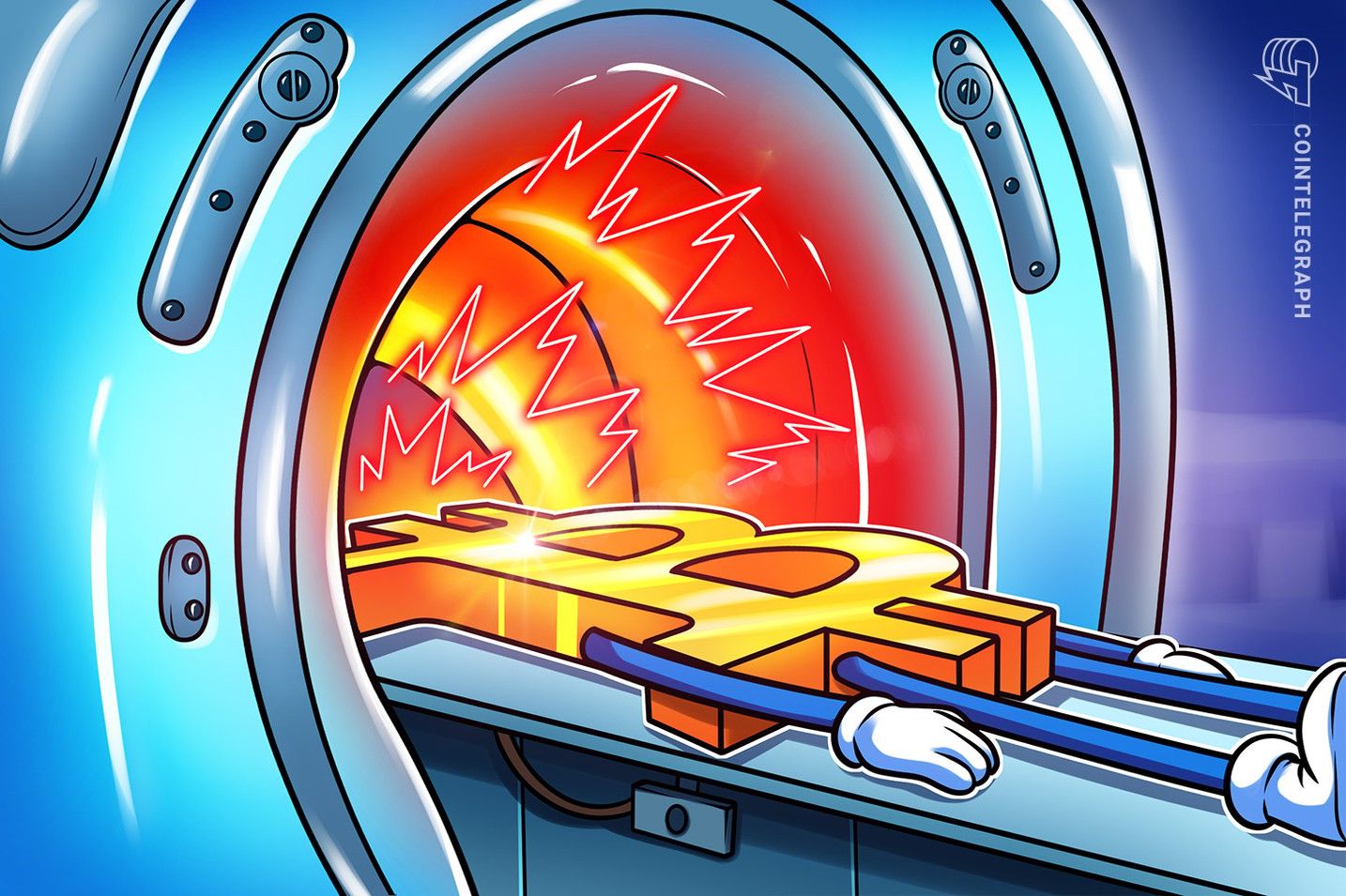Institutional Adoption and Bitcoin's New Era of Institutional Buying: Strategic Debt Financing and Corporate Holdings Reshape Markets
- Institutional investors and corporations reclassify Bitcoin as a strategic reserve asset amid macroeconomic shifts and regulatory clarity. - Companies like Strategy Inc. use debt financing to accumulate Bitcoin, creating a 40:1 supply-demand imbalance favoring price growth. - SEC-approved Bitcoin ETFs (e.g., BlackRock's IBIT) attract $118B in inflows, stabilizing Bitcoin's volatility and legitimizing institutional adoption. - Regulatory frameworks and sovereign wealth fund allocations (e.g., Norway's 150
The financial world is witnessing a seismic shift as institutional investors and corporations reclassify Bitcoin from a speculative asset to a strategic reserve. The confluence of strategic debt financing, corporate Bitcoin accumulation, and regulatory clarity has created a new paradigm in digital asset markets. This transformation is not merely speculative—it is a calculated response to macroeconomic tailwinds, including inflationary pressures, the erosion of fiat value, and the quest for non-correlated diversification.
Corporate Treasuries: Debt as a Catalyst for Bitcoin Accumulation
Public companies have emerged as pivotal players in Bitcoin's institutionalization. Firms like MicroStrategy (now Strategy Inc.), GameStop , and Japan's Metaplanet Inc. have leveraged debt financing to acquire Bitcoin, treating it as a core component of their balance sheets. Strategy Inc. , for instance, raised $20 billion in equity and debt in 2025 to purchase 301,335 BTC at an average price of $66,384.56. This approach mirrors traditional corporate strategies of using leverage to acquire appreciating assets, but with Bitcoin's unique properties—its fixed supply and inflation hedge—offering a compelling case for long-term value retention.
The rationale is clear: as central banks expand money supplies and global debt-to-GDP ratios rise, Bitcoin's scarcity becomes a counterbalance. By Q2 2025, corporate treasuries were acquiring Bitcoin at a rate of 131,000 BTC per quarter, outpacing miner production by a significant margin. This dynamic has created a structural supply-demand imbalance, with institutional demand projected to reach $3 trillion by 2027 versus Bitcoin's annual supply of ~$77 billion. The result? A 40:1 imbalance that has become a tailwind for price appreciation.
Regulatory Clarity: The On-Ramp for Institutional Capital
Regulatory developments in 2024–2025 have been instrumental in legitimizing Bitcoin as an institutional asset. The U.S. Securities and Exchange Commission (SEC)'s approval of spot Bitcoin ETFs, including BlackRock's iShares Bitcoin Trust (IBIT), provided a regulated on-ramp for institutional investors. By Q3 2025, these ETFs had attracted $118 billion in inflows, with IBIT capturing 89% of inflows on a single day in August 2025. The SEC's permitting of in-kind creations and redemptions for crypto ETPs further aligned these products with traditional commodity-based vehicles, reducing transaction costs and enhancing liquidity.
Legislative efforts, such as the CLARITY Act (reclassifying Bitcoin as a CFTC-regulated commodity) and the GENIUS Act (establishing a framework for stablecoins), have also reduced legal ambiguity. These measures have enabled sovereign wealth funds (SWFs) and pension funds to treat Bitcoin as a legitimate reserve asset. Norway's Sovereign Wealth Fund, for example, increased its Bitcoin holdings by 150%, while the U.S. Strategic Bitcoin Reserve (SBR) mandated the purchase of 1 million BTC, injecting $120 billion in institutional demand.
Market Dynamics: From Volatility to Stability
The influx of institutional capital has fundamentally altered Bitcoin's volatility profile. By mid-2025, Bitcoin's annualized volatility had fallen by 75% compared to peak historical levels, a sign of maturing market behavior. This stabilization is attributed to the “strong hands” effect—large investors being less prone to panic selling—and the liquidity provided by ETFs. For example, Harvard University's $117 million allocation to IBIT underscored Bitcoin's legitimacy as a non-correlated macroeconomic hedge.
On-chain metrics further support this trend. Exchange-held Bitcoin reached a 7-year low of 2.05 million BTC, while long-term holder (LTH) stashes increased by 10.4% quarter-on-quarter. The hashrate surged by 47% year-on-year to 902 exahashes/second, reflecting heightened network security and reduced selling pressure. These indicators suggest a shift from speculative trading to strategic, long-term holding.
Investment Opportunities: Beyond the Asset Itself
The institutionalization of Bitcoin has created new investment opportunities beyond direct exposure. For instance, equity positions in Bitcoin-centric companies—such as Strategy Inc. and Metaplanet Inc.—have become attractive as these firms leverage Bitcoin's appreciation to enhance shareholder value. Metaplanet Inc., for example, raised ¥580 billion in stock offerings to acquire 18,000 BTC, signaling confidence in Bitcoin's role as a corporate treasury asset.
Additionally, the rise of Bitcoin ETFs has democratized access to institutional-grade exposure. BlackRock's IBIT, with $18 billion in assets under management by Q1 2025, has become a benchmark for institutional portfolios. For investors, this means lower barriers to entry and reduced counterparty risk compared to direct custody.
Strategic Debt and the Future of Institutional Portfolios
The use of strategic debt to finance Bitcoin purchases is a double-edged sword. While it allows companies to scale holdings rapidly, it also introduces leverage risk. However, for firms with strong balance sheets and a long-term horizon, the potential rewards outweigh the risks. The key is to ensure that debt is used judiciously, with Bitcoin's appreciation offsetting interest costs.
Looking ahead, the institutionalization of Bitcoin is expected to accelerate. Analysts project a price range of $175,000 to $210,000 by 2028, driven by continued institutional demand and the structural supply-demand imbalance. For investors, the message is clear: Bitcoin is no longer a speculative bet but a strategic asset class.
Conclusion: A New Era of Institutional Buying
The institutional adoption of Bitcoin marks a turning point in financial history. Strategic debt financing, corporate treasury strategies, and regulatory clarity have converged to position Bitcoin as a core component of diversified portfolios. For investors, the opportunity lies in understanding this shift and allocating capital accordingly—whether through direct Bitcoin exposure, equity positions in Bitcoin-centric companies, or regulated ETFs.
As the market continues to evolve, one thing is certain: Bitcoin's role in institutional finance is here to stay. The question is no longer whether institutions will invest in Bitcoin, but how quickly they will integrate it into their long-term strategies.
Disclaimer: The content of this article solely reflects the author's opinion and does not represent the platform in any capacity. This article is not intended to serve as a reference for making investment decisions.
You may also like
Price predictions 12/10: BTC, ETH, XRP, BNB, SOL, DOGE, ADA, BCH, LINK, HYPE

Ether vs. Bitcoin: ETH price poised for 80% rally in 2026

Prediction markets bet Bitcoin won’t reach $100K before year’s end

Bitcoin rallies fail at $94K despite Fed policy shift: Here’s why
